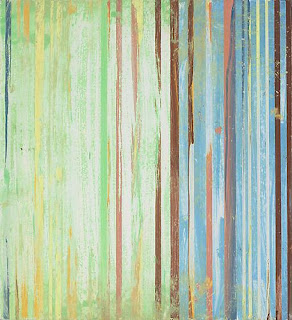Eshuneutics' hermetical takes on "Equal to the Earth"
What little I have learned about hermeticism, I have learned it from Eshuneutics' blog. He has written about Equal to the Earth in three separate posts, each highlighting a different hermetical aspect of my writing, by looking at an individual poem. His post Sea reads that image in the book and in the poem "Fire Island." Androgyne interprets my poem "Brother" rightly against Plato's Symposium . Mermen looks at the poem of the same name, contrasting its use of hermetical imagery with Simon Lowy's.



